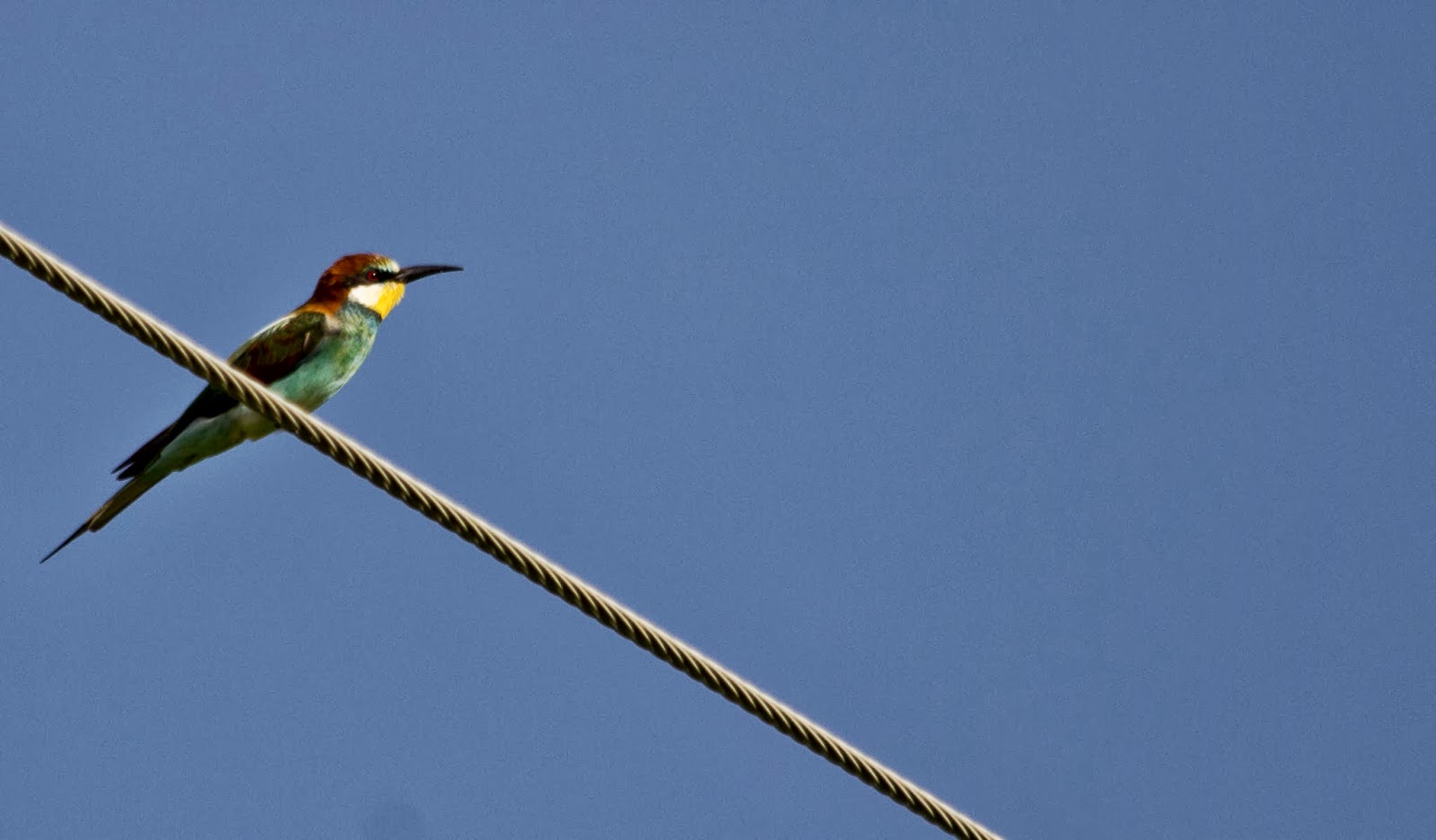End of December - 2017
The week following the
Christmas day, an interesting sighting occurred in Sentos,Singapore.
The Asian Emerald Cuckoo which
is a rarity in Singapore was sighted perched in the open on a tree, the
following week was a huge plus for the Birding Community of Singapore. Almost
everyone's visit to the spot ended with a happy sighting of this rare cuckoo.
 |
| Asian Emerald Cuckoo,Sentosa - Dec 2017 |
The interesting part was not
just this Cuckoo but over the days people observed nearly 6 species of Cuckoo., namely:
1. Asian Emerald Cuckoo
2. Large Hawk Cuckoo
3. Indian Cuckoo
4. Chestnut Winged Cuckoo
5. Hodgson's Hawk Cuckoo
6. Malaysian Hawk Cuckoo
The day I had visited, I was given the grace just two of the 6 species but was
more than happy with sighting Emerald Cuckoo and wrapping up the year.
 |
| Indian Cuckoo, Sentosa - Dec 2017 |
Now the question what made all
these cuckoos visit the same sight?
The cuckoo was mostly found
perched on a Sea Fig (Ficus superba) tree that recently shed its leaves. Now
when the new leaves and shoots were emerging, a family of Moths - Tussock Moths
saw the abundance of food and hence laid down so much eggs that soon the
Tussock Moth caterpillars were literally crawling everywhere from the tree to
the ground below and the surrounding area, this in-turn tempted the cuckoos
several off them in their migratory journey to stop and snack and regain
themselves to continue their journey.
 |
| Emerald Cukcoo, Sentosa - Dec 2017 |
Glad to have witnessed in first
person this interesting Natural History episode.
Thanks to Alan Owyong and Singapore Bird Group's - arctile on this.


















